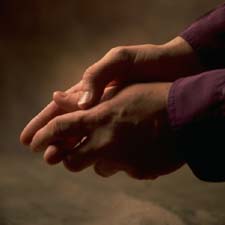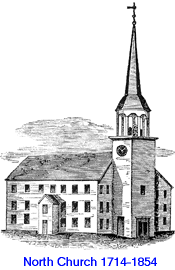|
FRESH STUFF DAILY |
|
|
||
|
|
||
|
|
||
|
SEE ALL SIGNED BOOKS by J. Dennis Robinson click here |
||
Page 1 of 4
Much of colonial New Hampshire revolved around the church. The status of Portsmouth citizens was defined by their wealth and position in the church community. In her unique study historian Valerie Cunningham examines the role of African-Americans in this complex structure in our colonial Yankee seaport.
MORE Seacoast NH Black History Much of the Abolitionist movement to end slavery in the North came from church groups. Until now, that is all of the story we have been told. Now Valerie Cunningham brings us face-to-face with the "peculiar institution" in her own hometown during the colonial and revolutionary eras. In this original work she traces the history of slavery in local churches as part of her Portsmouth Black Heritage Trail project. This revealing work brings a new and needed perspective to the religious history of the Port City, of New Hampshire, and of Yankee America. (JDR) JUMP TO: Introduction
Frank, Flora, Prince, Dinah, Peter, Dinah, the unnamed Sherburne slaves, and many other Africans in colonial Portsmouth were in some way associated with one of the town's churches. What was the status of slaves in church context, and how was it expressed? What was the African's understanding of the white man's religion? What was the nature of religion among Africans in Portsmouth, and how did it find expression? Scattered documentary clues in Portsmouth and elsewhere enable interesting speculation. Status and Seating in Houses of Worship From the 1600s through the mid 1800s, New Englanders of most denominations were seated in their houses of worship according to social rank, whether by assignment or purchase. This expressed a nearly universal Christian perception of social rank as part of a divinely ordered hierarchy of creation. The highest-ranking pews were close to the pulpit, the lowest furthest from the pulpit. Private pews gave rise to the practice of numbering pews for easy record keeping. Some pews were set aside as general seating for special groups. Details varied according to town, location, date and circumstances. Variants included reserving seats for adolescents, Native Americans, the poor, widows, the hard-of-hearing, and black people, whether enslaved or free. These last were called Negro Pews. These pews were sometimes numbered, sometimes labeled "free" or "Negro." CONTINUE Black Worship, White Status
Please visit these SeacoastNH.com ad partners.
News about Portsmouth from Fosters.com |
| Saturday, April 20, 2024 |


|
Copyright ® 1996-2020 SeacoastNH.com. All rights reserved. Privacy Statement
Site maintained by ad-cetera graphics

 Stories
Stories




 In 1745 Joseph Sherburne of Puddle Lane in Portsmouth, NH, a merchant and mariner, owned a pew in the North Church. He also owned two slaves, whom he likely brought to church with him. Tavern-keeper James Stoodley owned pews in North Church for himself and his slaves Frank and Flora. After the Revolution, in 1781, the minister of North Church married Prince Whipple to Dinah Chase, and in 1786 married Peter Warner to Dinah Pearn. The weddings probably occurred in their own or their owners' homes.
In 1745 Joseph Sherburne of Puddle Lane in Portsmouth, NH, a merchant and mariner, owned a pew in the North Church. He also owned two slaves, whom he likely brought to church with him. Tavern-keeper James Stoodley owned pews in North Church for himself and his slaves Frank and Flora. After the Revolution, in 1781, the minister of North Church married Prince Whipple to Dinah Chase, and in 1786 married Peter Warner to Dinah Pearn. The weddings probably occurred in their own or their owners' homes.














